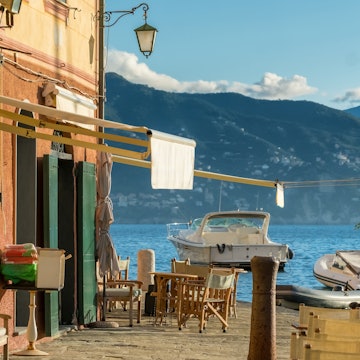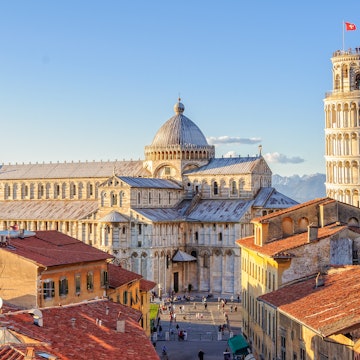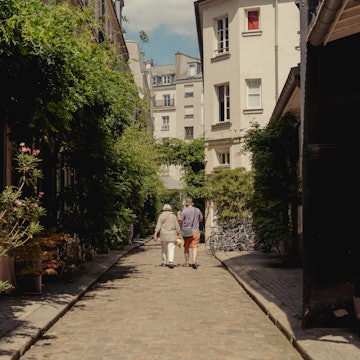
A 5-day itinerary along the Italian Riviera



The harbor at Riomaggiore in the Cinque Terre on the Italian Riviera. Fabio Michele Capelli/Shutterstock
The mountainous coastal strip of the Italian Riviera lies entirely within Liguria in northwest Italy, and it attracts travelers in droves during the summer peak season. Despite the challenging topography, residents have hewn out a string of elegant beach resorts and handsome fishing villages along its rocky shores, linked by local ferries and hillside walking paths.
Genoa is the Riviera’s central anchor – a powerful port city that reigned as an independent republic for seven centuries, with its own flag, fleet and financial system. An impressive collection of palaces and stately homes full of priceless art serves as a memorial to this high-water mark in Liguria’s long history.
Most visitors also plan a trip around the five coastal villages of the Cinque Terre – which can feel delightfully authentic or frustratingly overcrowded, depending on how and when you choose to explore them. Sitting somewhere in the middle is Portofino, a longtime celebrity bolthole that likes to think of itself as the epitome of Italian style.
Whether you’re making a first trip to the Cinque Terre or taking a deeper dive into the Liguria experience, discover more on this five-day itinerary exploring the best of the Italian Riviera.
When to arrive
As in most of Italy, the best time to come for warm, sunny weather is from June to August, but the best time to beat the crowds is during the shoulder seasons from April to May and September to October. The weather is damper and cooler, but wildflowers cling to the hillsides in spring, fall foliage livens up the landscape in fall, and visitor numbers fall significantly.
This means smaller queues, more peaceful sights, and lower prices for flights and accommodation. Winter tends to be cold and quiet and some seasonal businesses and ferry routes close for the season, but you’ll have much less company as you explore.
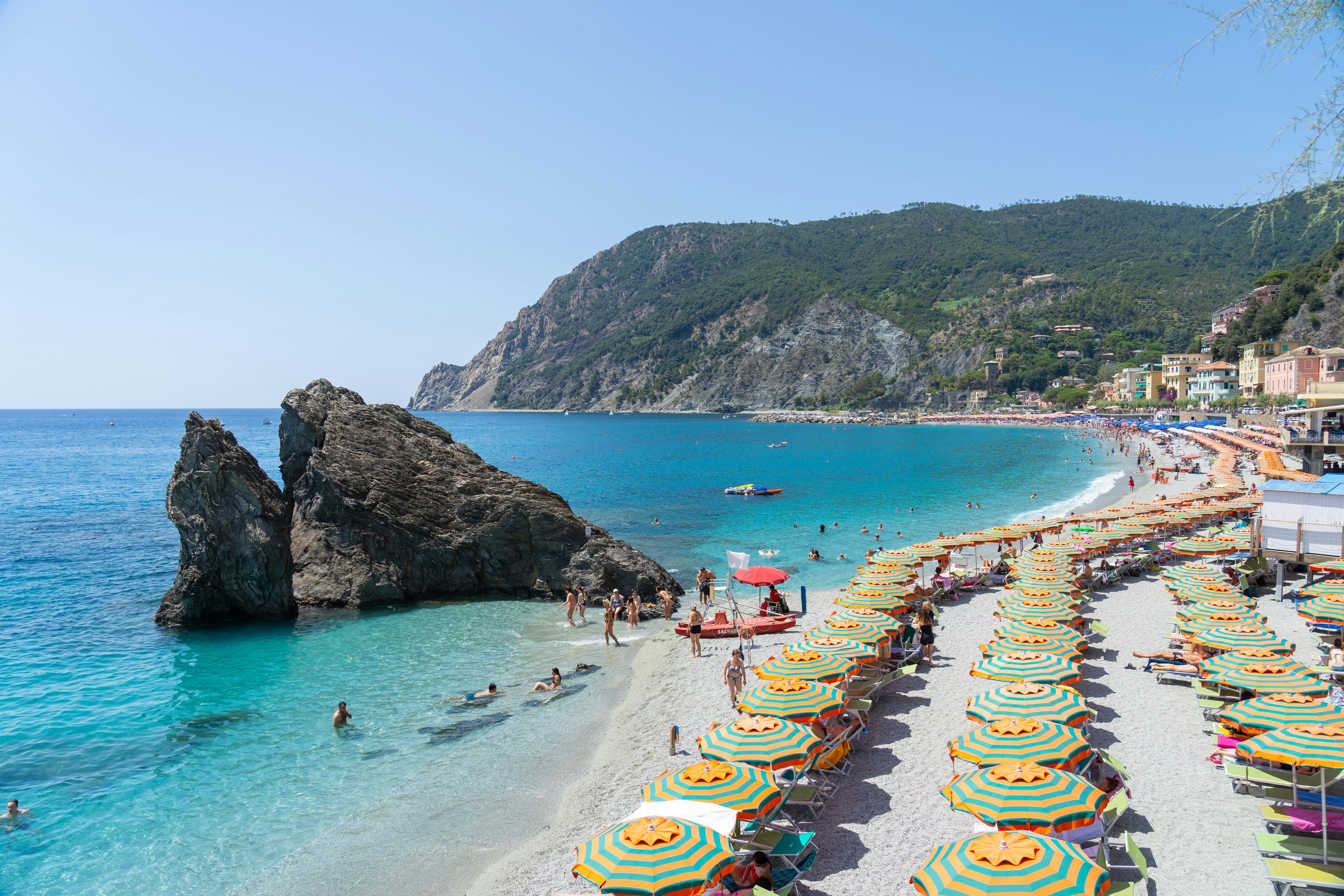
How to get around
With trains and boats stopping at even the smallest villages, it’s easy to explore Liguria without a car. Indeed, you’ll avoid the sometimes frustrating traffic and driving restrictions in villages along the coast.
Various companies run passenger boats between the cities and towns of the Riviera, including Genoa, Portofino, La Spezia and the Cinque Terre villages. Note that some services only run in summer, and choppy seas can lead to last-minute cancellations. Many towns and villages are also served by comfortable, frequent and economically priced regionale trains or local buses.
What to pack
Pack comfortable shoes for walking, and a sun hat, and your beach gear if the weather is nice, plus a smart outfit for upmarket dinners. Outside of summer, bring warmer gear, particularly for the evenings. In winter, many shops, pharmacies and other businesses close in smaller villages, so don’t rely on being able to buy everything you need as you travel around.

Days 1–2: Take in the grandeur of Genoa
Go to Genoa: The capital of Liguria, Genoa is Italy’s sixth-largest city, and trains and planes buzz here from across Europe, with some good discount deals if you book well ahead.
How to spend the days: The hometown of Christopher Columbus and Giuseppe Mazzini is a giddy mix of wrinkled tenements and palaces vying to outdo each other for sheer opulence. This sprawling port city was dubbed “La Superba” (The Proud One) by the Italian poet Petrarch, back in the days when Genoa presided over an extensive maritime empire.
Modern Genoa offers plenty to keep visitors happy, from excellent food and wine to lavish palazzi (mansions) and hilltop fortresses. It’s also great fun getting around on the city’s ingenious system of funiculars and elevators. Start by exploring some of the 42 aristocratic residences that make up the UNESCO-inscribed Palazzi dei Rolli.
The three interconnected thoroughfares of the Strade Nuove – Via Balbi, Via Cairoli and Via Garibaldi – were laid out in medieval Genoa in the 16th century to accommodate these palatial Renaissance and baroque mansions, most of which are stuffed with frescoes, molded stucco and priceless art.
Spread across the lavish Palazzo Rosso, Palazzo Bianco and Palazzo Doria-Tursi, the Musei di Strada Nuova brings together Genoa’s finest collection of old masters. Works to look out for include Caravaggio’s Ecce Homo, Rubens’ Venere e Marte (Venus and Mars) and Van Dyck’s Vertumno e Pomona.
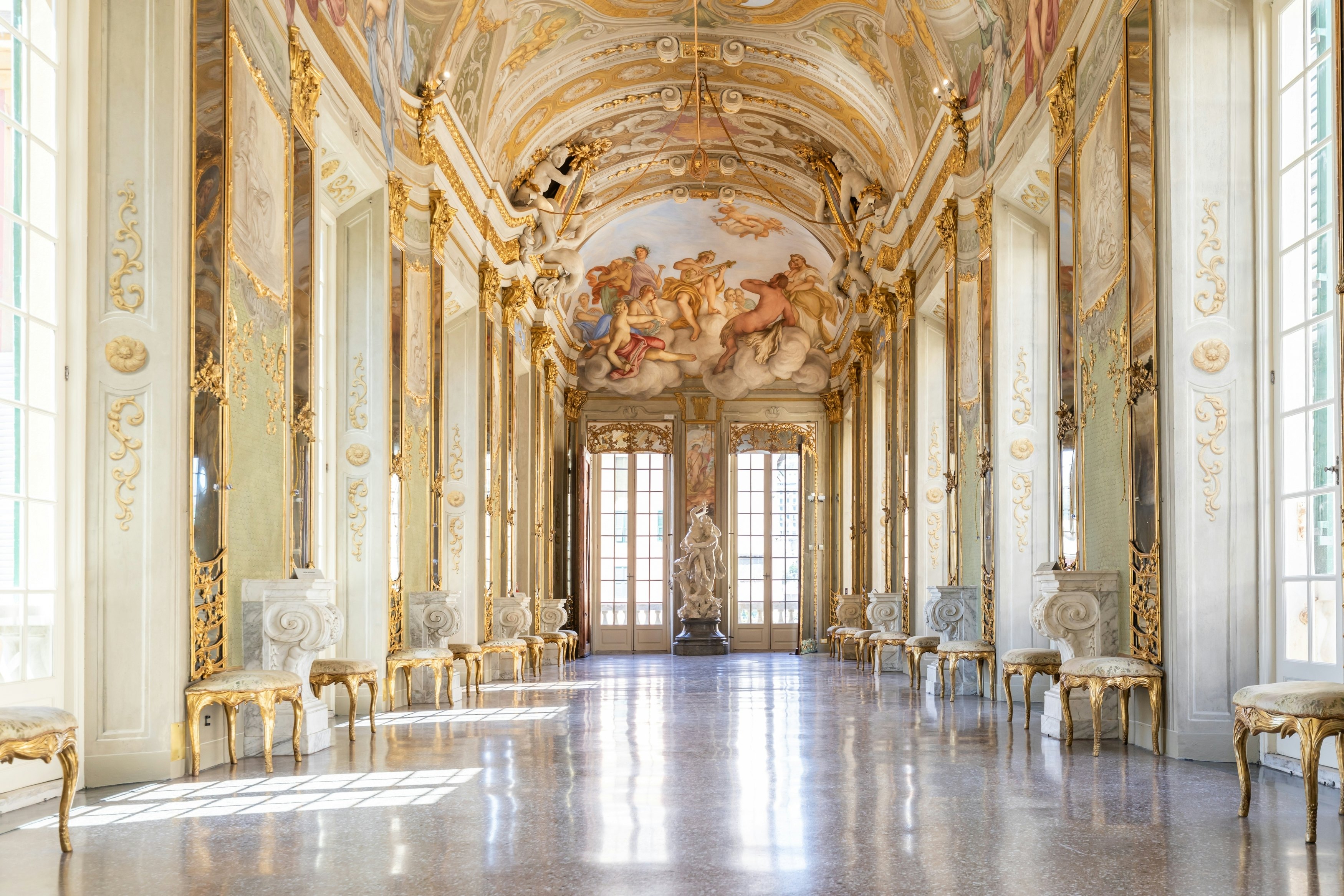
Next, drop by the Palazzo Reale, a former residence of the Savoy dynasty; it's a veritable Versailles of terraced gardens, exquisite furnishings and 17th-century Genovese art. Included on the same ticket is the Palazzo Spinola di Pellicceria, displaying fine Italian and Flemish Renaissance paintings.
Fit in some people-watching in the broad Piazza de Ferrari, followed by an opera performance at the neo-Grecian Teatro Carlo Felice. The eclectic Castello d’Albertis Museum is worth a trip to see the treasures gathered by navigator and philanthropist Enrico d’Albertis, while the imposing Cattedrale di San Lorenzo makes some ambitious claims about the provenance of its holy relics.
Devote some time to getting pleasurably lost in the caruggi, the labyrinthine maze of twisting lanes and sun-starved back alleys filling the historic center. Also take an hour or two to explore the revamped Antico Porto, Genoa’s ancient port, with its 16th-century lighthouse, reconstructed galleon and gigantic aquarium.
Then there’s the food! Genoa’s trattorias are cherished crucibles of what Italians call cucina casalinga (home cooking), serving delicious, simple, unembellished local food made with the best local, seasonal ingredients. Try them at both lunch and dinner; you won’t regret a mouthful.
Evening: Use your two evenings to eat well. By the port, Osteria di Vico Palla was once a hangout for 17th-century Flemish painter Van Dyck, while Trattoria della Raibetta near the cathedral has been grinding pine nuts and basil to make pesto since 1700. For Genovese classics like trofie pasta with pesto, pansotti (herb-filled ravioli) and minestrone soup, try Trattoria delle Grazie in the Piazza Cavour area, or join the line outside Cavour modo21.
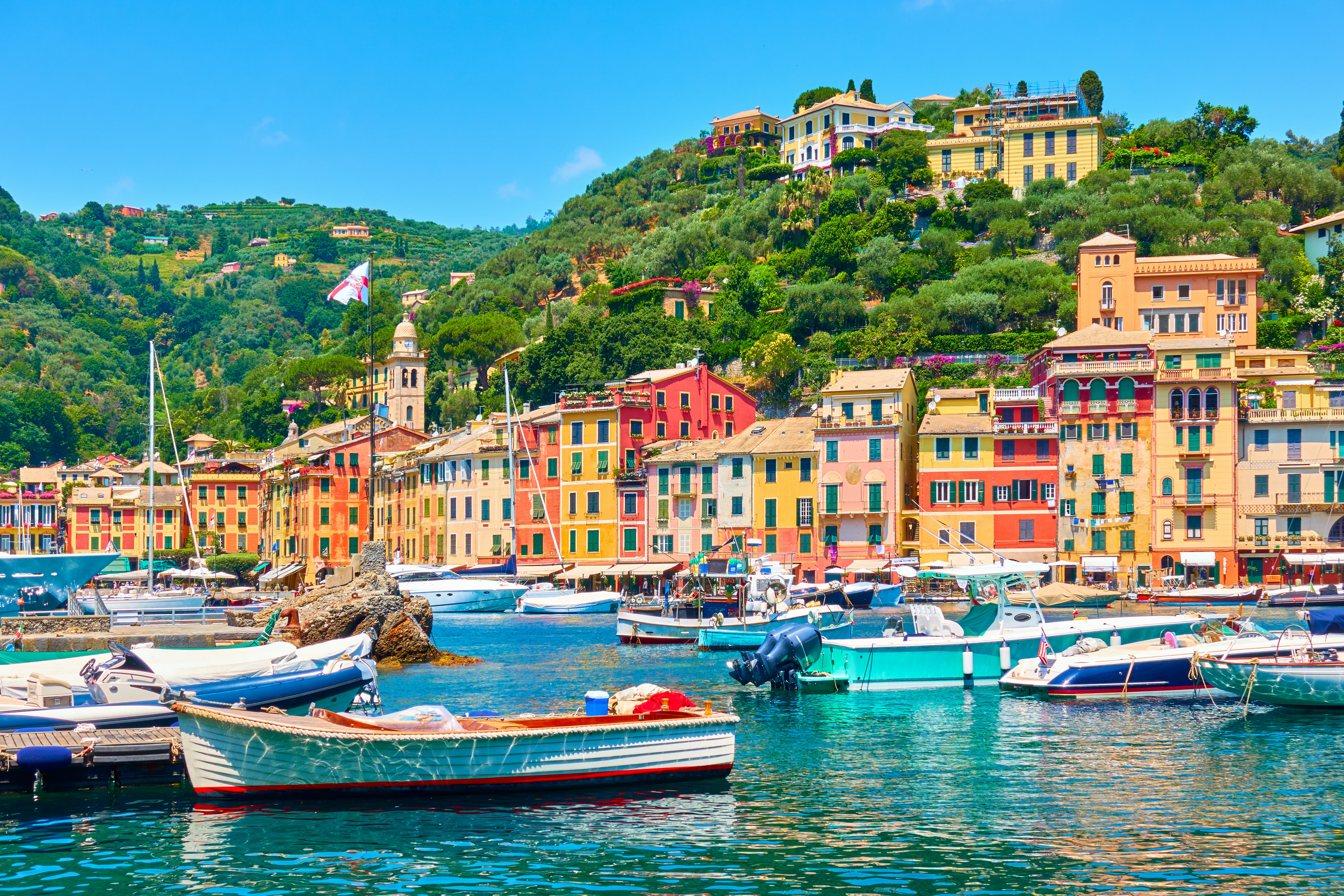
Day 3. Onward to Portofino
Go to Portofino: It’s just 40km from Genoa to Portofino – an easy trip by boat, with dramatic views along the way.
How to spend the day: Even the trees are beautiful in Portofino, a diminutive fishing village turned celebrity haunt nestled amid steep coastal hills. Sure, it’s expensive and posh, and more than a little pretentious, but anyone who isn’t bowled over by Portofino’s knockout good looks probably needs to check they still have a pulse.
The village’s biggest poseurs usually stick to the Piazzetta, a portside square ringed by some of Italy’s most expensive bars and restaurants. Humphrey Bogart and Marcello Mastroianni used to pause here for an Aperol spritz. If it’s hot, head over to the beach at Paraggi – beach clubs here charge eye-watering sums for a sun lounger, but everyone can enjoy the small public beach for free.
When you’re done admiring the superyachts and designer shops in town, climb the steep path to Castello Brown, an early-medieval castle transformed by a British diplomat into a private mansion. Beyond the harbor glitz, Portofino is surrounded by some surprisingly brawny walking trails encased in the scrubby coastal landscapes of the Parco di Portofino.
Evening: Eating is rarely cheap in Portofino, so concentrate on getting value for money. In prime position on the harborside, Ristorante Puny blends high-quality food with celeb-worthy service. For cakes and fine Ligurian fare, Caffè Excelsior by the port was where Greta Garbo used to dine.
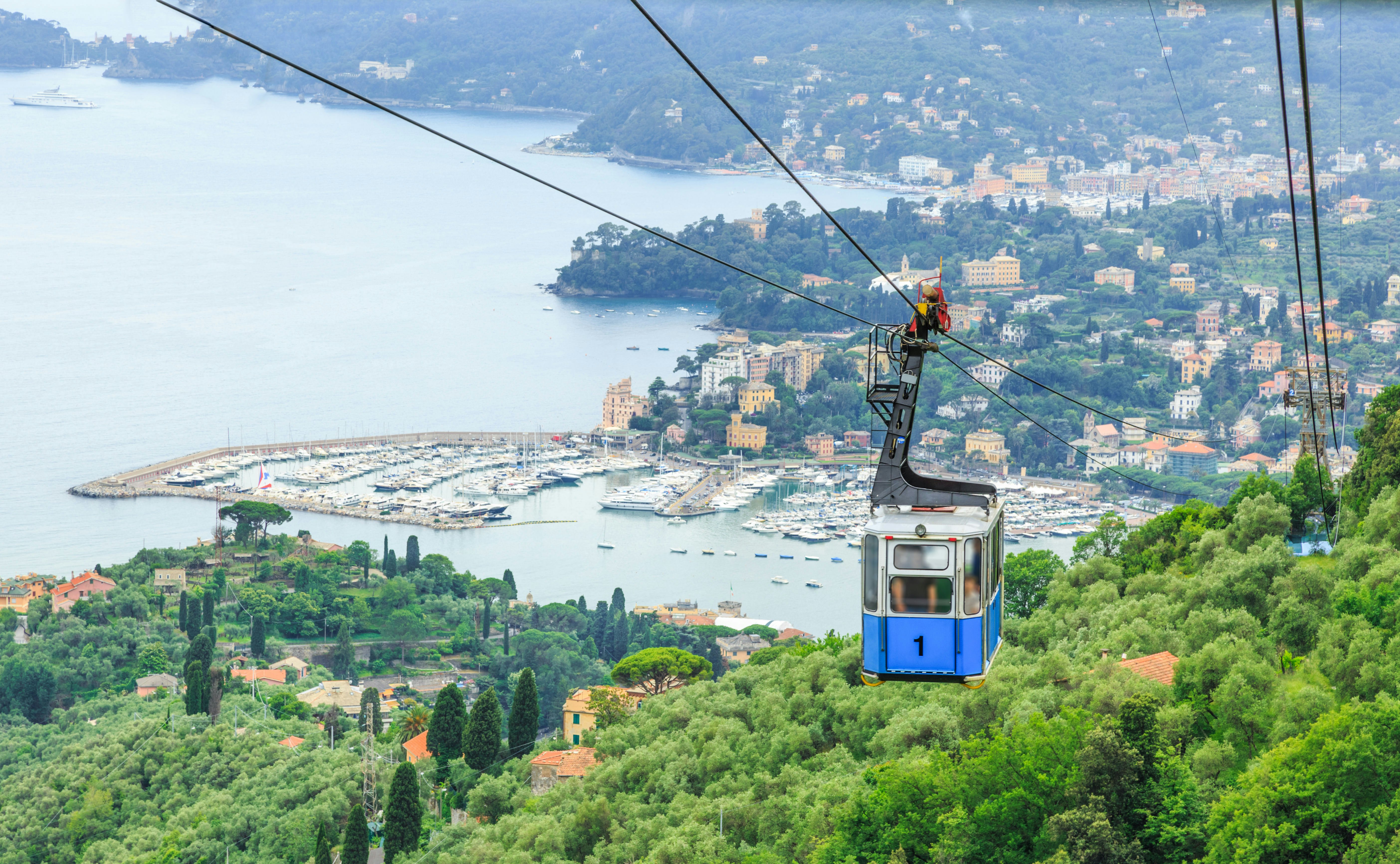
Day 4. Go cove-hopping around the Portofino Peninsula
Explore around Portofino: Boats are the easy way to reach Rapallo and other stops around the Portofino Peninsula, but you can also get about more slowly (but more peacefully) on foot. Overnight in Rapallo or Santa Margherita Ligure for easy onward travel.
How to spend the day: Start the day on the 5km walking trail linking Portofino to the calmer coastal town of Santa Margherita Ligure, then consider extending the walk for another 14km over the peninsula to Camogli with its lively Wednesday market.
This pretty working fishing port, whose name means “house of wives,” comes alive over the second weekend in May for the Sagra del Pesce – a huge fish fry up of tuna and anchovies along the waterfront honoring the town’s patron saint, San Fortunato.
You can also hike from either Portofino or Camogli to San Fruttuoso – a tiny cove cut off completely from the road network. The 8km trail from Camogli via the gun emplacement known as Le Batterie includes an exposed traverse across a cliff face with only a metal chain for support.
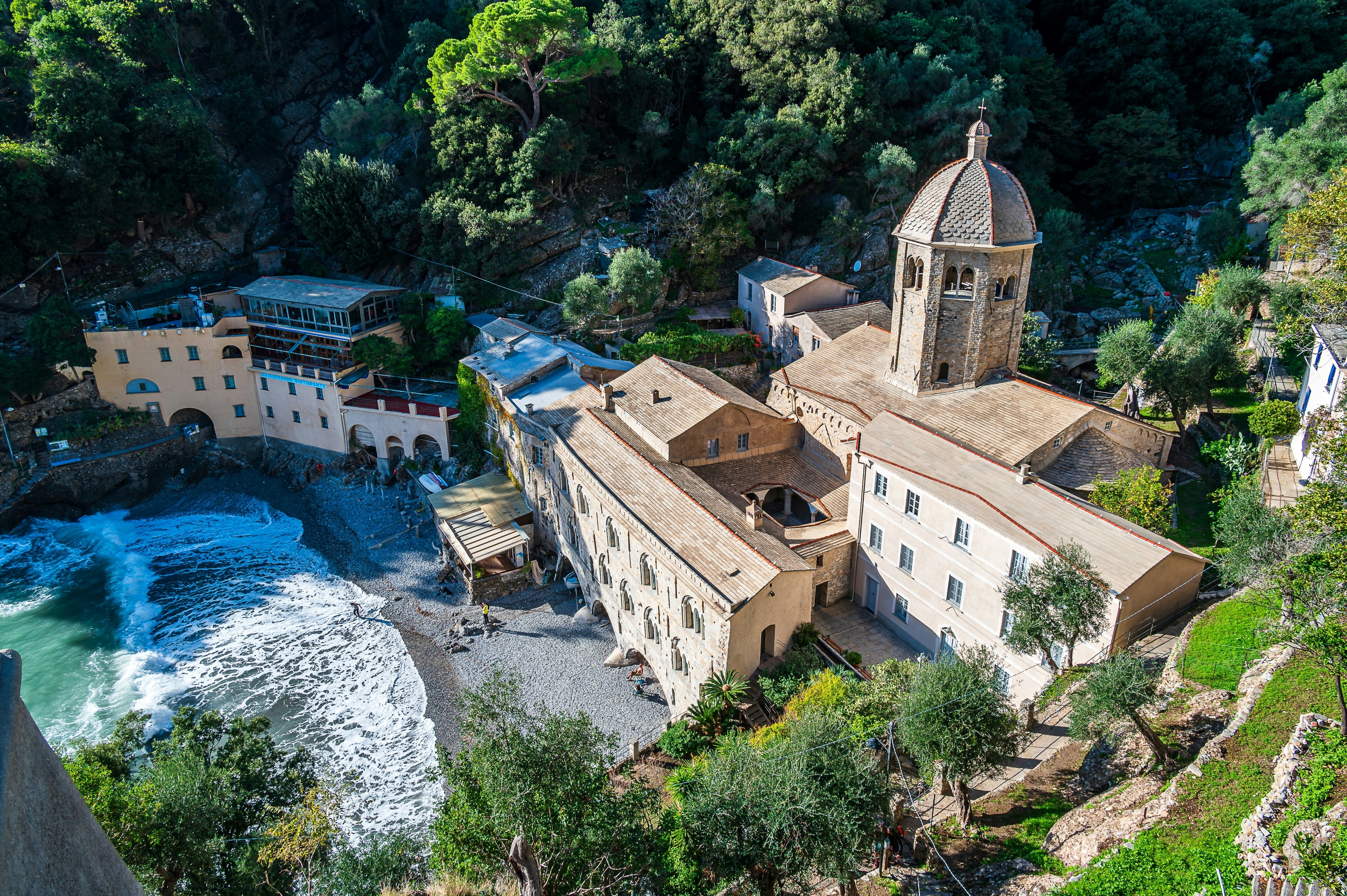
Boats also run to San Fruttuoso from Camogli and Portofino, bringing daytrippers to the free-to-access beach and the Romanesque Abbazia di San Fruttuoso. Admire its two-tier cloister and octagonal bell tower, then check out the defensive watchtower built by the eminent Genovese Doria family in the 16th century.
If you’re not in a walking mood, boats can whisk you to the pilgrimage town of Rapallo, the starting point for the Funivia Rapallo-Montallegro cableway, dating from 1934. It climbs steeply to the Santuario Basilica di Montallegro, built on the spot where the Virgin Mary was purportedly sighted by a local farmer in 1557. From the top, the views of Rapallo backed by the Portofino Peninsula are sensational.
Evening: In Santa Margherita Ligure, L’Altro Eden on the dockside is good for risotto with prawns fresh off the boat, or head to Wine Art – tucked into a cute cove between Santa Margherita and Rapallo – for superb madilli (lasagne-like pasta) with pesto. In the heart of Rapallo, Ö Bansin is a classic backstreet trattoria serving Ligurian classics prepared with molto amore (much love).

Days 5–6: See the villages of the Cinque Terre
Go to the Cinque Terre: In summer, boats from Rapallo and Santa Margherita Ligure zip out to the postcard-perfect villages of the Cinque Terre, backed up by regular trains. Save money by using the Cinque Terre train card, which includes access to the Parco Nazionale delle Cinque Terre and unlimited use of local trains and buses. Avoid driving – parking is limited and cars must stop outside the villages.
How to spend the days: Protected by the Parco Nazionale delle Cinque Terre, the villages of Monterosso al Mare, Vernazza, Corniglia, Manarola and Riomaggiore cling like timeworn citadels to Liguria’s precipitous coast, linked by a network of ancient cliff-side footpaths. They’re hugely popular, but fully deserving of the attention.
As you wander, you’ll see billowing lines of washing, candle-scented churches, and terraces planted with vines, olives and lemon trees, alongside views of pastel-colored houses tucked into rocky coves. While nobody could claim the villages are undiscovered, careful management of visitor access has prevented overtourism from erasing the Cinque Terre’s charm.
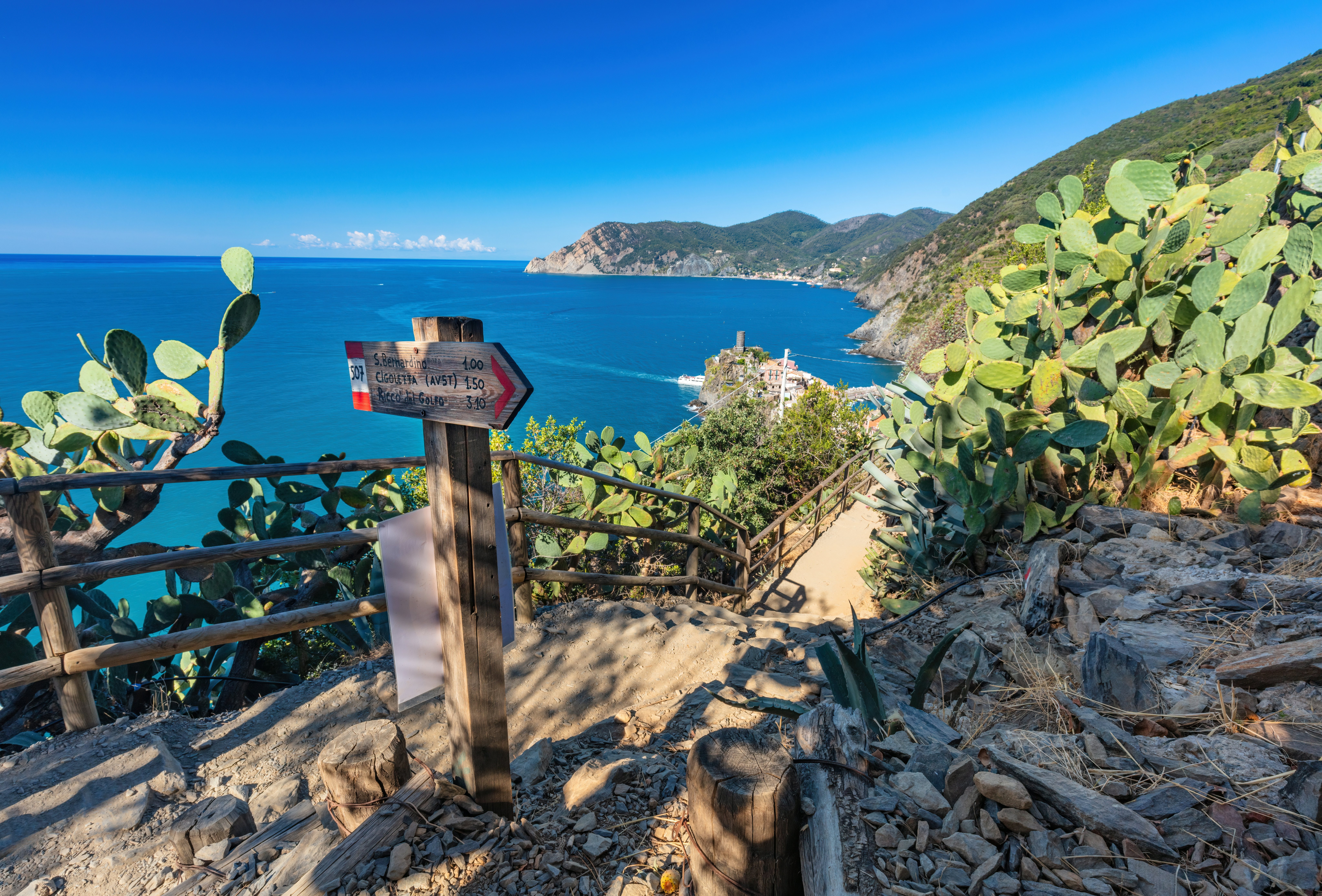
Perhaps the best way to explore is to walk the 12km-long Sentiero Verde-Azzurro (SVA) trail – an ancient cliff-side path that links all five Cinque Terre villages. To help control visitor numbers, walkers must purchase a Cinque Terre Trekking Card before setting out. Use your two days to meander from village to village, taking plenty of long pauses to enjoy the scenery. If you get tired of walking, trains and buses can pick up the slack.
Coming from the west, you’ll first reach Monterosso al Mare, where the beach is backed by a ruined statue of Neptune built in 1910. You can relax in one of the beach clubs, sip an espresso in a cute cafe, or walk up to the Monumento di San Francesco d’Assisi for fabulous views over the seaside.
Be sure to duck into the Convento dei Cappuccini, with a black-and-white striped church from the 17th century, and the similarly stripy Chiesa San Giovanni Battista dating from the early 14th century.
Wrapped around a splendid natural harbor, Vernazza is imbued with a genuine fishing village ambience. The striking Gothic Chiesa di Santa Margherita d’Antiochia abuts the water, and there are great views from the ruined Castello Doria above town. Linger around the harbor, bask on the small beach or stop into a local restaurant to enjoy the day’s catch with a glass of prosecco.
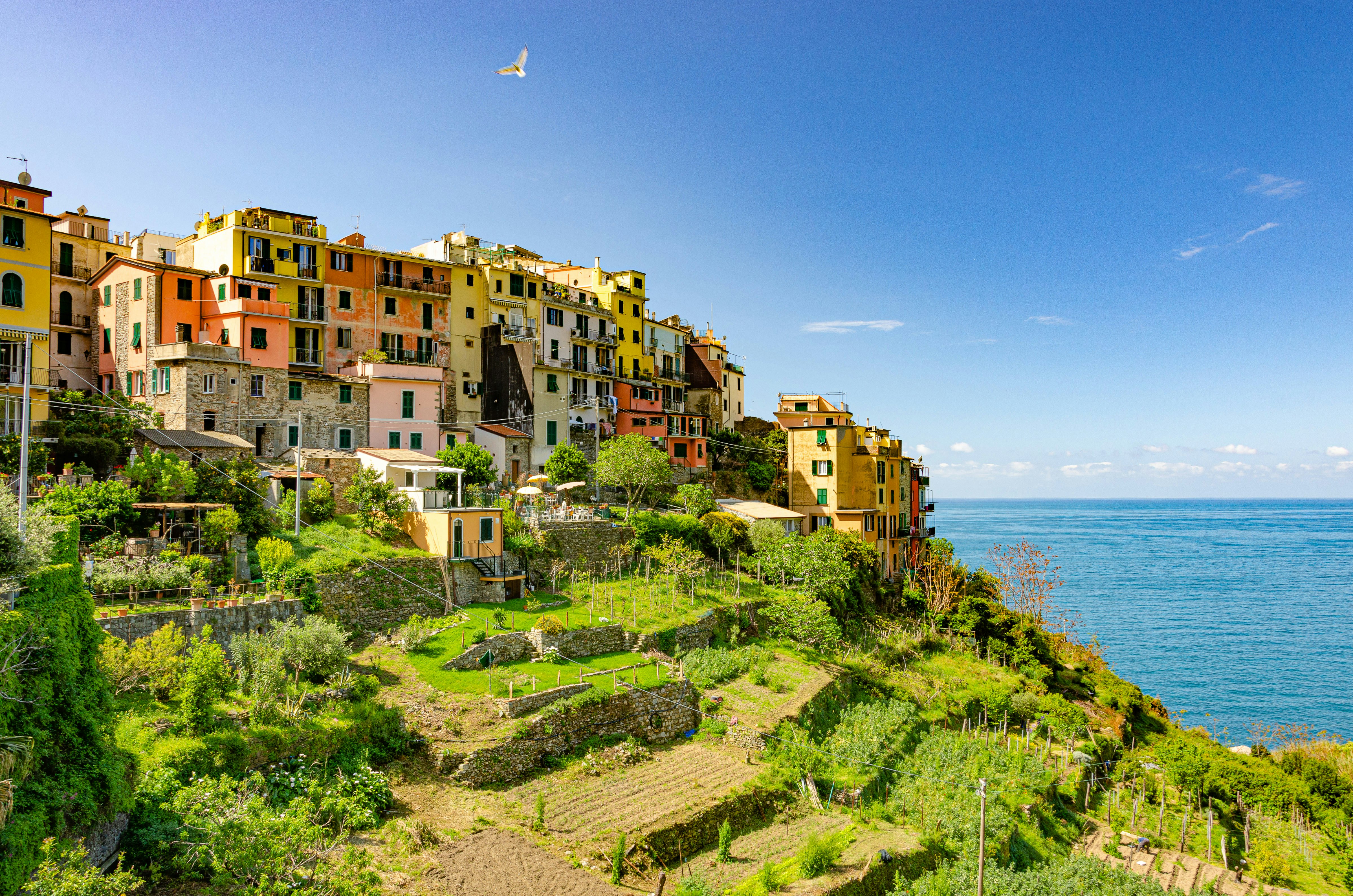
The Cinque Terre’s “quiet” middle village, Corniglia hugs a sheer-sided headland surrounded by terraced fields and plunging cliffs. It’s the only village without direct access to the sea, but steep steps lead down to a small cove dotted with rowing boats and up to the clifftop Belvedere di Santa Maria lookout.
The busy villages of Riomaggiore and Manarola are barely a kilometer apart. Manarola is the Cinque Terre’s wine village, with vineyards crammed onto narrow terraces high above town. It’s known for its cozy cafes and the Punta Bonfiglio viewpoint, which offers awesome views along the coast. Pause to view the historic bell tower and the 14th-century Chiesa di San Lorenzo on Piazzale Papa Innocenzo IV.
Riomaggiore has yet more historic churches, and a ruined castle on a headland overlooking the sea. Most people hang around by the marina, where pastel-hued houses glow romantically at sunset. This is the best place in Cinque Terre to rent a kayak and paddle away from the crowds – Cinque Terre Adventure is a reliable operator.
Evening: With two evenings to play with, you can dine all over the Cinque Terre. In Riomaggiore, try smart Dau Cila for seafood and hyper-local wine, or La Cantina del Macellaio for melt-in-your-mouth braised beef or pasta with wild boar. Manarolo’s Trattoria dal Billy cooks up some of the best seafood in the Cinque Terre.
Over in Cornaglia, get your trattoria staples from Ristorante Cecio or sample typical Ligurian bites at Enoteca Il Pirun. Monterosso’s beachfront Il Massimo della Focaccia is great for crispy focaccia, while family-run Trattoria da Oscar has outstanding anchovies, vongole (clams) and gnocchi. In Vernazza, hike up to La Torre to dine alfresco in front of the view.
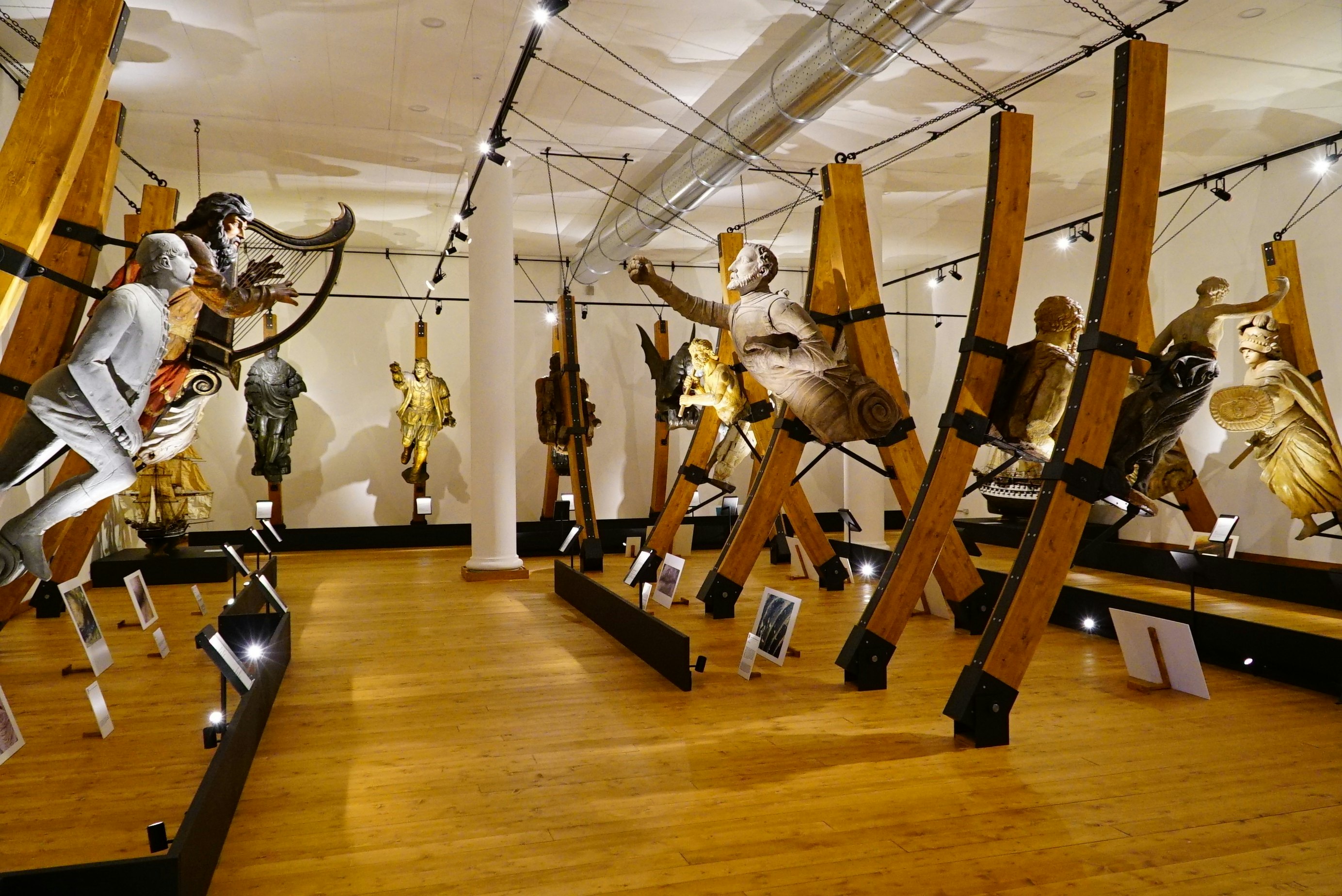
Day 7: Finish in La Spezia
Go to La Spezia: Boats and trains can whisk you quickly on from the Cinque Terre villages to La Spezia, lying just beyond the Porto Venere headland.
How to spend the day: La Spezia was just another Cinque Terre–style fishing village until 1857, when the Italian navy took up residence. Today, this seaside city is surrounded by a collection of attractive seaside villages and beach resorts along the strip known as the Golfo dei Poeti.
In town, the 14th-century Castello di San Giorgio is one of the most impressive forts on the Ligurian coast and its battlements reveal fabulous views of the Apuan Alps in northern Tuscany. Descend to the harbor area to wander the palm-lined Giardini Pubblici, then press on to the Museo Tecnico Navale – a veritable naval emporium packed with ancient galleys, diving suits and torpedoes.
For a half-day detour from La Spezia, head to Porto Venere to take in the views from the end of the headland, as Lord Byron did in 1822. The village’s sun-bleached, seven-story houses are backed by the Castello Doria, a muscular fort that concertinas up the hillside. At the end of the quay, the Gothic Chiesa di San Pietro stands on the site of a Roman temple dedicated to the goddess Venus (Venere).
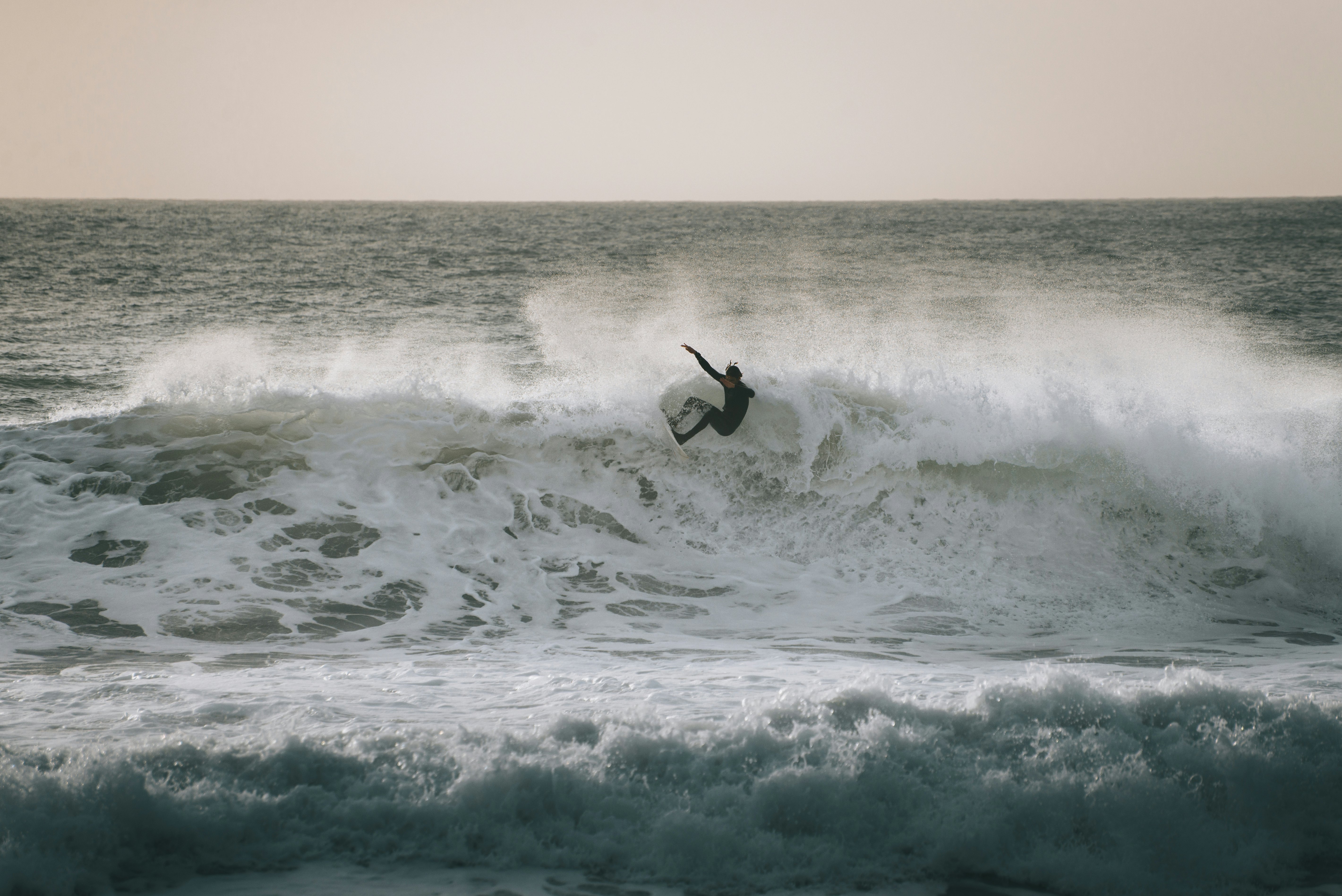
Alternatively, spend an afternoon on the pebbly beach in Levanto. Beach clubs mingle with sections of public beach, and this is Italy’s finest mainland surf spot. Surfers come year-round but November to April is the best season to try the long left-hander known as “Casino.” Brothers Surf House in town rents out boards and offers lessons.
Evening: Grab a celebratory meal in the subterranean La Spezia at Osteria all’Inferno dal 1905, a locally loved spot for quality Ligurian food since 1905. Over at Trattoria Bellavista, it’s all about artistically presented plates of grilled tuna, duck breast and squid in cream sauce.
Toast the end of the trip with a post-dinner drink at the Resilience Cafe, with its glittering chandeliers and vintage furniture. Talented troubadours strum acoustic sets and there’s a leafy street terrace for added summer romance.
This article was adapted from Lonely Planet’s Italy guidebook, published in April 2025.









